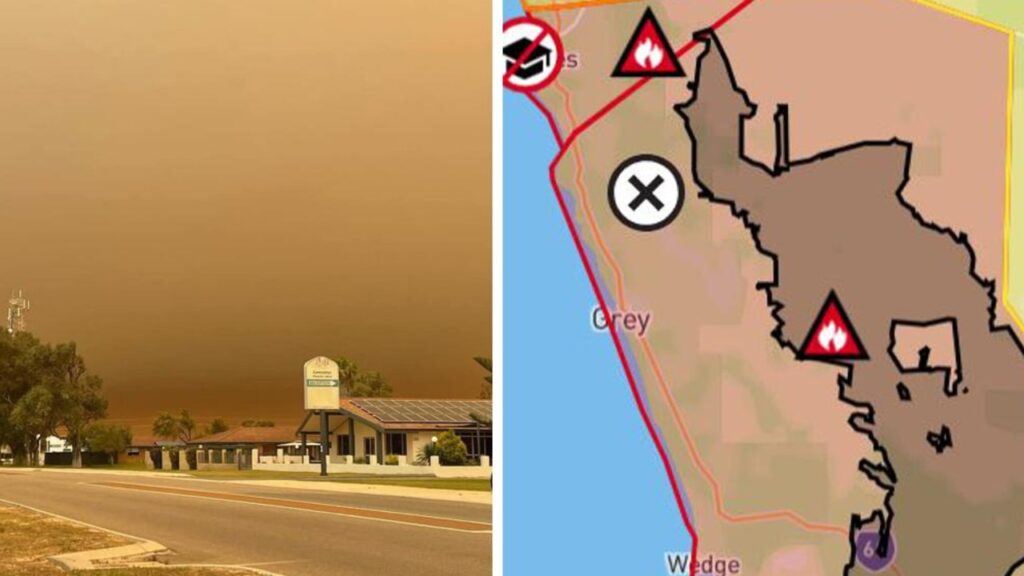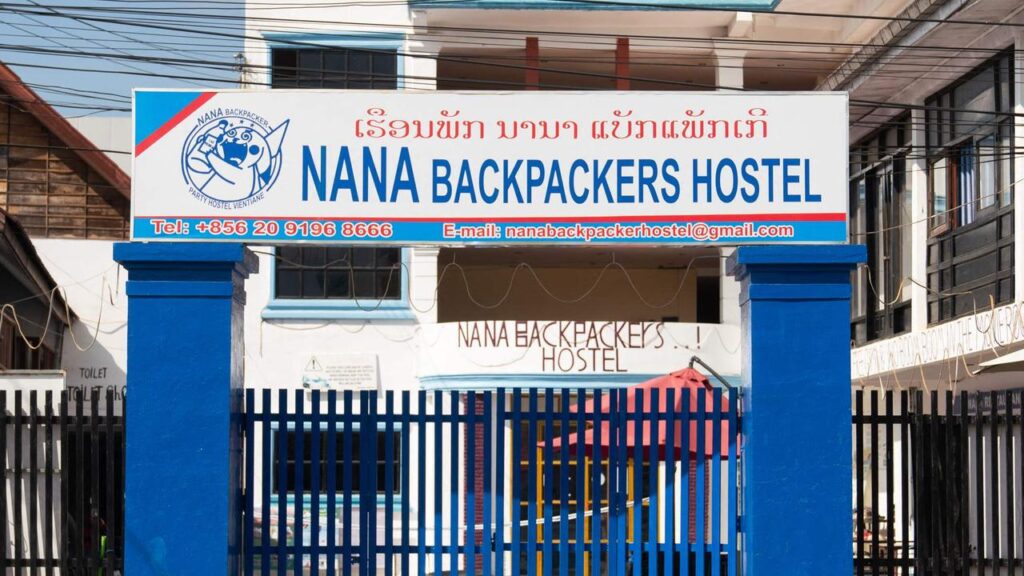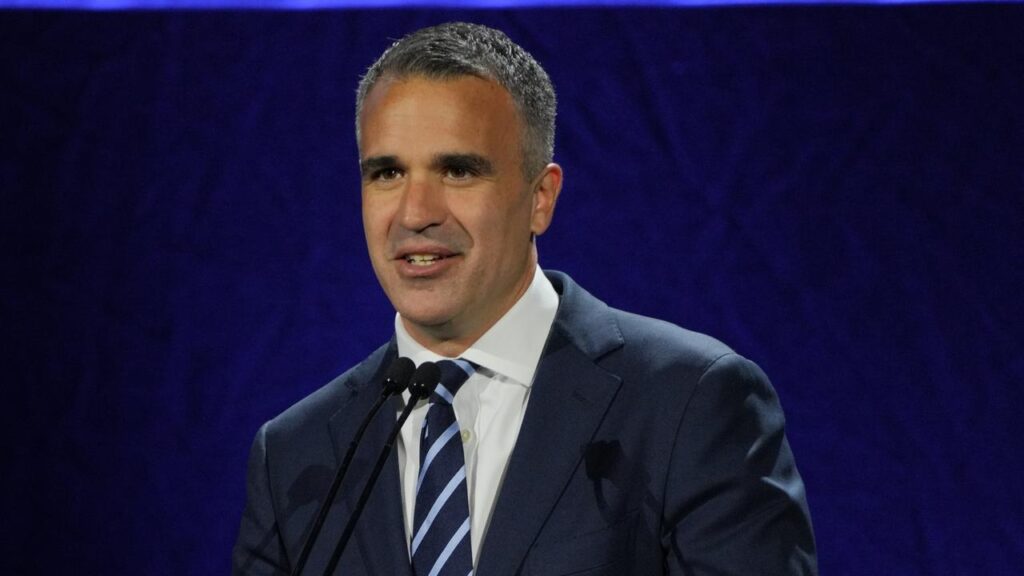Victoria: Huge Golden Plains Wind Farm officially begins electricity generation
Written by admin on October 11, 2024
The wind farm projected to be the largest in the southern hemisphere has officially started creating electricity.
On Friday, the first stage of the Golden Plains Wind Farm – 100km west of Melbourne – began feeding into the grid after weeks of testing the electricity generation and issues with little parts of the stagnant turbines being blown off in strong winds.
The owners of most global Ikea stores have also doubled down on their investment in Australian renewables, purchasing a second slice of the project.
Ingka Group – holders of the majority of global Ikea stores – announced on Friday that it had taken a 15 per cent stake in the second stage, matching its ownership in the first stage.
The whole Golden Plains Wind Farm is projected to produce 9 per cent of Victoria’s energy or enough electricity to power 750,000 homes via 215 turbines.
Australia’s energy is made up of about 42 per cent renewables.
Ikea Australia chief executive Mirja Viinanen said the company’s financial backing represented an investment acceleration in renewable energy.
“It will not only help reduce our local carbon footprint, but it also contributes to further growth in the Australian renewable energy sector,” she said.
Aiming for completion in 2027, the wind farm near Geelong will have the capacity to produce 1.3 gigawatts.
State Energy Minister Lily D’Ambrosio said the scale of the project was key.
“The Golden Plains Wind Farm will be able to power every regional Victorian home – delivering lower bills for Victorian families.”
“Victoria is the clean energy investment capital of Australia, and this project is another example of how Victoria’s ambitious renewable energy policies are creating jobs and driving the renewables sector.”
On Friday morning, Victoria is running on 56 per cent coal, 31 per cent wind, and the remainder is powered by solar, hydro, and a tiny amount of battery-stored electricity.
Developers TagEnergy started construction on the Golden Plains project without government financial underwriting in late 2022.
The overall project is set to cost $4bn, and stage 2 construction began in June.
The Australian government-owned green bank – the Clean Energy Finance Corporation – is one of the major funders.
Commonwealth Bank, Westpac, Denmark’s Export and Investment Fund, Japan’s Mizuho Bank, France’s Natixis Bank, the Bank of China and Germany’s Deutsche Bank are also project financiers.
Developers TagEnergy said the project was vital to lower emissions.
“Throughout the project’s development, we were buoyed by the confidence those at the forefront of the energy transition showed in TagEnergy’s ability to deliver large-scale renewables projects, from our lenders to the Victorian and Australian governments and the Australian Energy Market Operator,” TagEnergy chief executive Franck Woitiez said.
“We have shown our innovative commercial approach brings large-scale projects to life faster.
“We will continue to innovate to deliver more projects to speed the transition, and the government’s supportive policy landscape will facilitate that.”
In September, Energy Australia signed a 10-year deal with TagEnergy to offtake 40 per cent of stage 2’s capacity.
The Golden Plains project involves 37 landholders and 215 turbines, which at the highest point of their tips will be up to 230m. Once fully up and running, the turbines will save 4.5 million tonnes of carbon dioxide being emitted annually.
The lead-in to the project’s full ramp up on Friday hasn’t been without drama.
Shards of sharp plastic had been blowing off the turbines in recent weeks. Farmers were advised to wear hard hats within 400m of the towering machines.
The developers said because the blades were not spinning, they were susceptible to strong winds knocking pieces loose.
Read related topics:Melbourne






